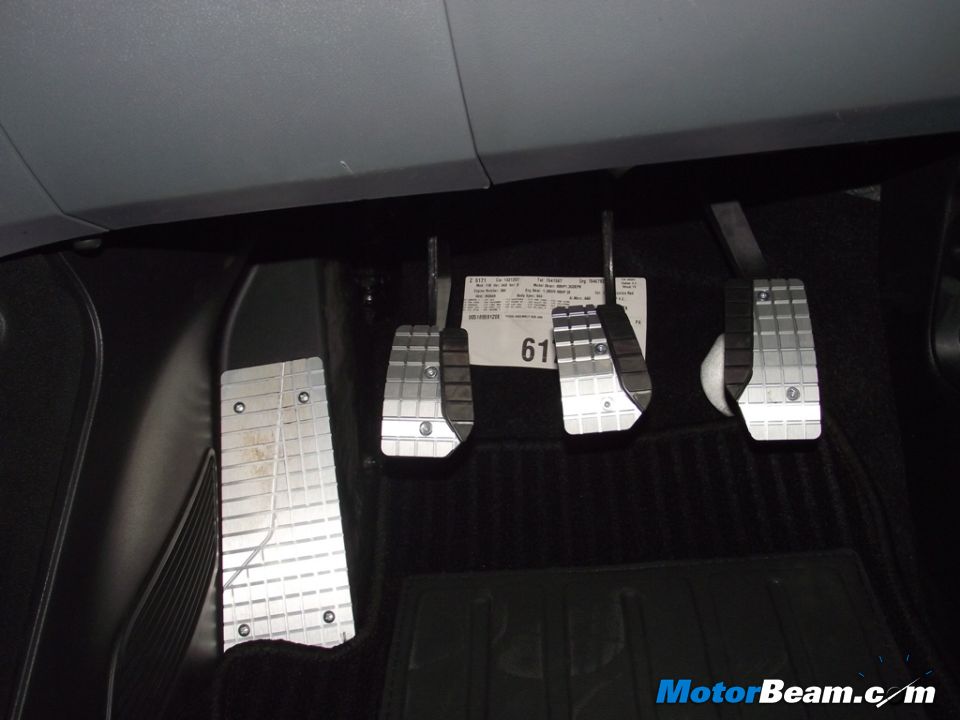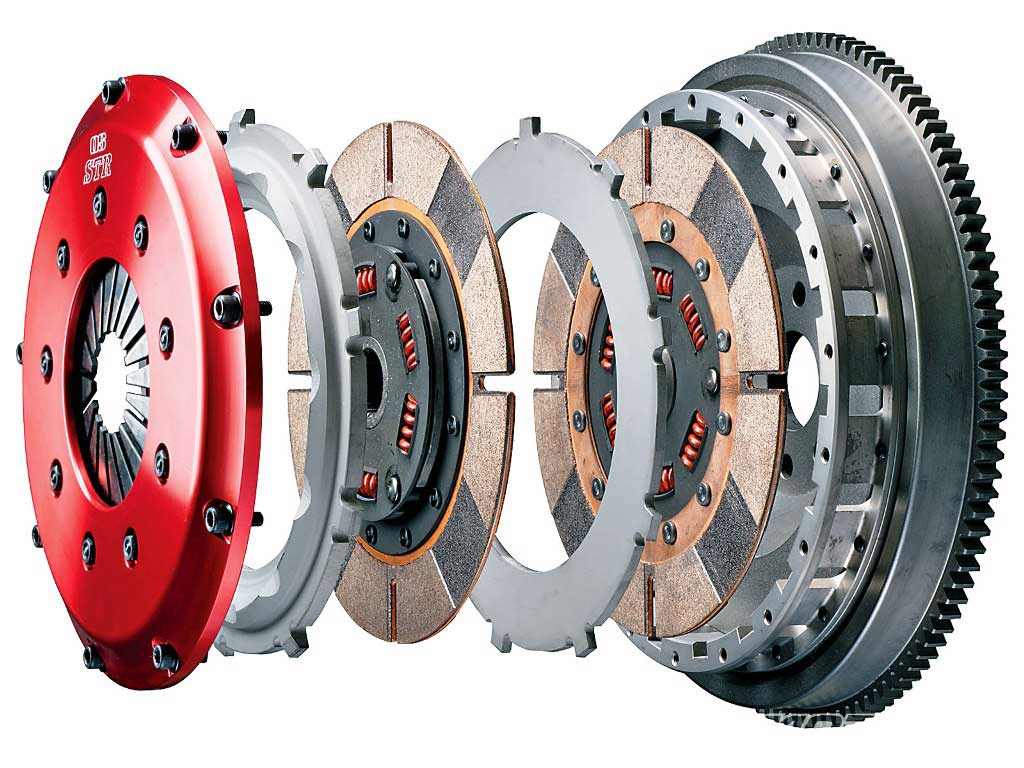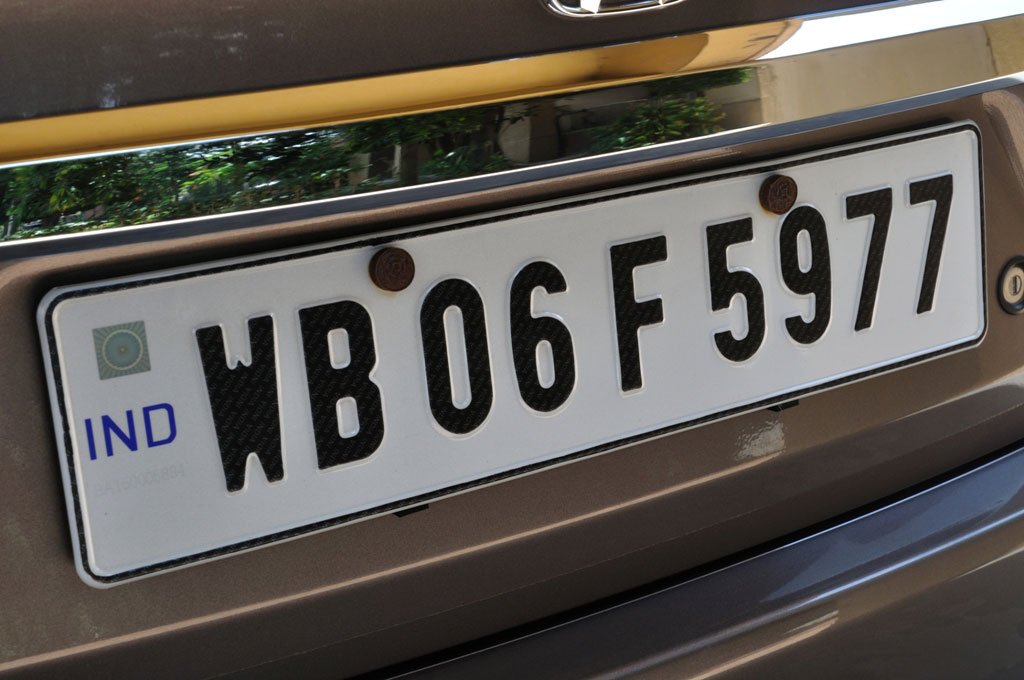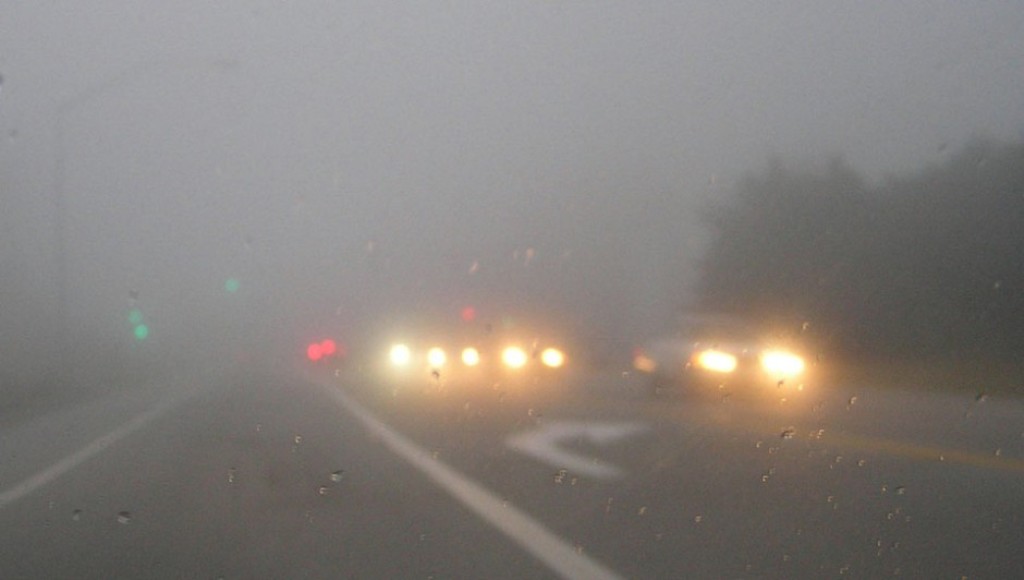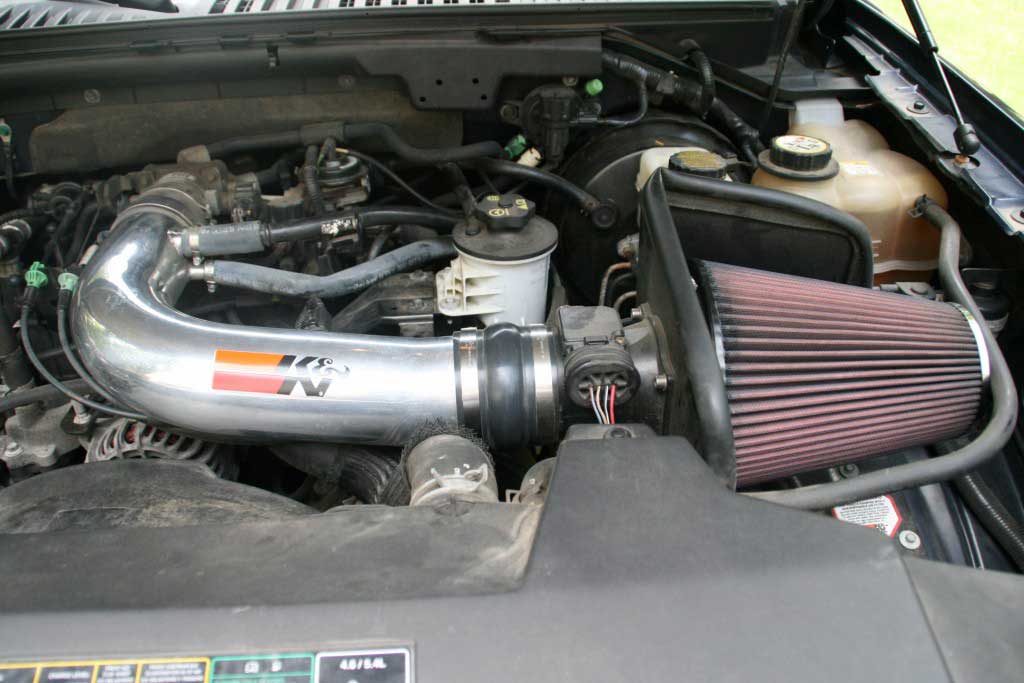Most modern car clutches are designed to last over 1 lakh kilometres without any replacement needed under ideal driving conditions. However, heavy driving in bumper to bumper traffic and riding the clutch can lead to an early breakdown. A failed clutch will leave the car un-drivable until repaired. However, your car gives you the symptoms well in advance about clutch breaking down. But how do you identify that the issue is the clutch itself and nothing else? We give you 5 signs of a worn clutch to look out for when driving that needs to be addressed immediately.
1. Soft clutch
A spongy clutch is one of the first signs of a worn clutch. If the clutch feels spongy and too soft, it signifies that your clutch is wearing out. With a spongy clutch, you will have to let the clutch pedal out for the gear to catch. This only denotes that the clutch is in need of attention, better head to the workshop immediately.
Another sign you need to look out for is shuddering of the clutch pedal. Shuddering can get really prominent at low speeds which denote that the clutch plate might have impurities like oil and sludge, or the clutch plate is worn out and needs to be addressed. In either case you need to get it checked immediately at the workshop.
2. Slipping
The clutch is known to slip when it is at the end of its life on the car. Slipping refers to the failure of the clutch to fully engage or disengage when the pedal is completely depressed. The engine RPM will rise even though the car won’t be going any faster. Slipping is more noticeable when going uphill, during overtaking or pulling heavy loads. A slipping clutch will overheat adding additional wear and tear that will degrade the clutch even faster.
To notice slipping, start your car, depress the clutch and engage the gear directly into third.
If the car stalls, your clutch does not slip. If the RPM starts going higher and higher, its time to get the clutch replaced.
3. Shifting troubles
If you have trouble changing gear even after depressing the clutch completely, it is a sign of a worn clutch. Look out for a shuddering gear knob as well when shifting gears. The gear will not engage to move from neutral into first or from one gear to another without having to push hard. This could also be due to clutch parts like the fork or the cylinder failing. However, you have to get the clutch checked to know the actual issue.
4. Grinding noise
If you hear a distinctive grinding noise coming from the engine whenever you depress the clutch pedal, it could be a sign of a worn clutch. The sound could be a result of faulty bearings. The bearings can be replaced easily and aren’t very expensive, however neglecting the same can lead to bigger repairs due to further damage.
Also make sure you look out for foul smell or burning odour coming from the engine. This could be due to excessively riding the clutch style driving and not allowing the clutch to cool down; thus increasing the wear and tear on the clutch.
5. Faulty cylinders
Sometime the problem for a failing clutch could be the cylinders, bearings and fork and not the actual clutch plate itself. However the parts need to be in working order for the smooth working of the clutch. Some issues can be curtailed by simply adjusting the clutch cable linkage in direct linkage clutch system. While in a hydraulic clutch system, the master and slave cylinders might be leaking and have to be replaced.
Replacing the clutch is an expensive affair and most of it goes to labour costs, more than the spares. A clutch replacement will cost around Rs. 5000/- onwards for a hatchback, while the cost will only escalate to Rs. 12,000 – 15,000/- for sedans and SUVs. It is important that you don’t apply too much of stress on your clutch, that would not only lead to reducing the performance of your car, but also decreasing the fuel economy. It is best to have the clutch and its parts checked when the car is being serviced.


